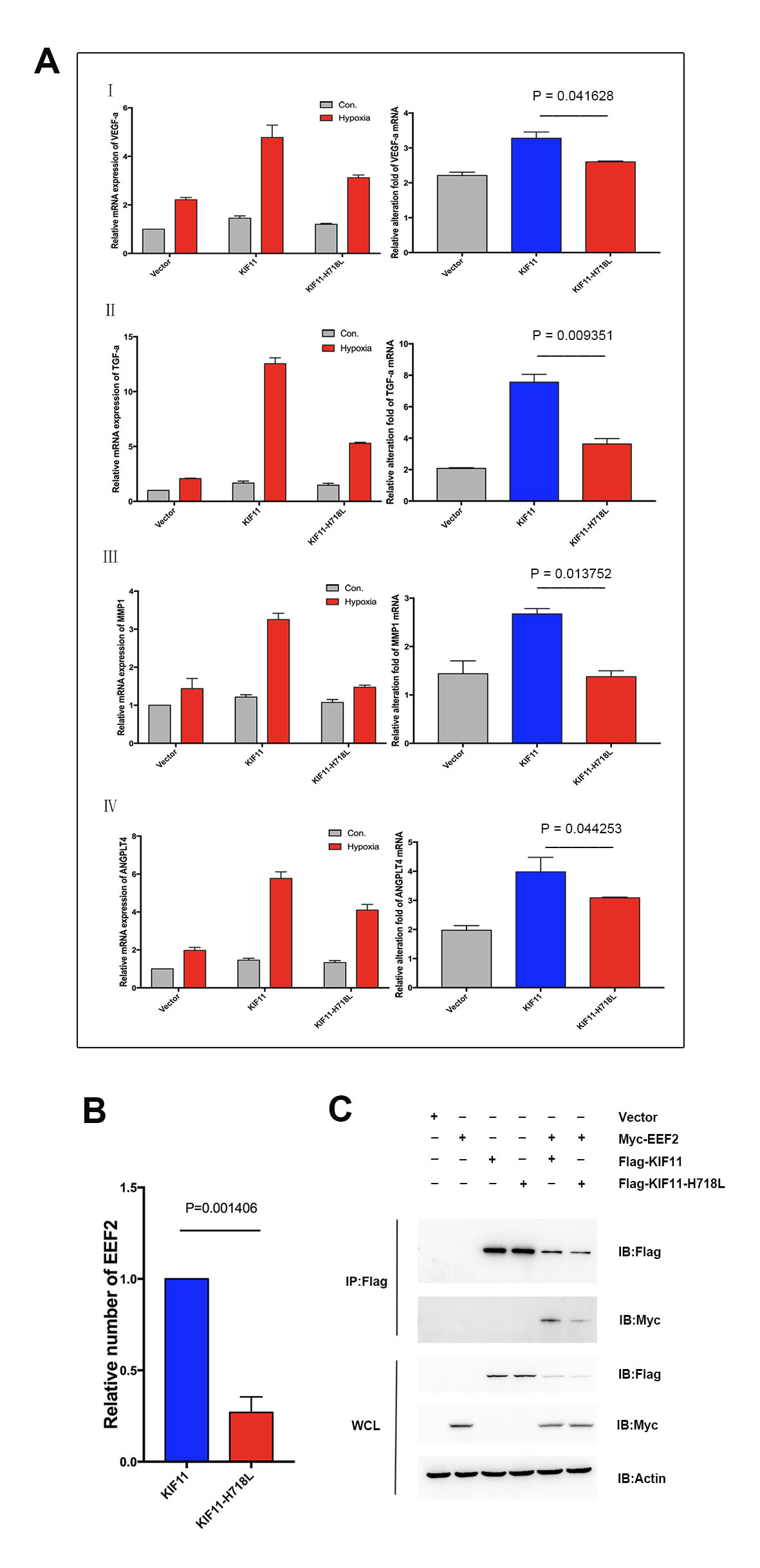Figure 7. The mRNA level changes of angiogenic factors and mass spectrometry results. A: In the left of the graph, the red bar and the gray bar represent the mRNA level of vascular endothelial growth factor-α
(VEGF-α, I), transforming growth factor-α (TGF-α, II), metalloproteinases 1 (MMP1, III), and angiopoietin-like 4 (ANGPLT4,
IV) with and without hypoxia treatment, respectively. Overexpression of KIF11 (wild-type) upregulated the expression of these angiogenic genes significantly upon hypoxia stimuli. However, overexpression
of KIF11 (p. H718L) increased the expression of these angiogenic genes only slightly in HRECs when treated with hypoxia. The relative
alteration folds of these angiogenetic factors are shown in the right of the graph. The depressed mRNA level of these angiogenic
genes in HRECs, caused by the KIF11 mutation p. H718L, were 20.7% for VEGE-α, 52.0% for TGF-α, 48.3% for MMP1, and 23.1% for ANGPLT4, when treated with hypoxia.
B: HREC stable cell lines vector, KIF11 (wild-type), and KIF11 (p. H718L) underwent immunoprecipitation (IP-Flag) to enrich KIF11, followed by mass spectrometry proteomic analysis. As a result, we identified that the eukaryotic elongation factor 2 (EEF2)
was an interacting protein of KIF11. C: 293T cells were cotransfected with Flag-KIF11, Flag-KIF11-H718L, and Myc-EEF2 as indicated. Flag-KIF11 and Flag-KIF11-H718L proteins were pulled down by FLAG M2 beads from these cell lysates, respectively. Whole Cell lysate (WCL) was immunoblotted
with anti-FLAG and anti-Myc antibody. We detected the binding of KIF11 (WT) and KIF11 (p. H718L) to EEF2; however, the binding activity was attenuated in the KIF11 (p. H718L) group.

 Figure 7 of
Wang, Mol Vis 2021; 27:528-541.
Figure 7 of
Wang, Mol Vis 2021; 27:528-541.  Figure 7 of
Wang, Mol Vis 2021; 27:528-541.
Figure 7 of
Wang, Mol Vis 2021; 27:528-541. 